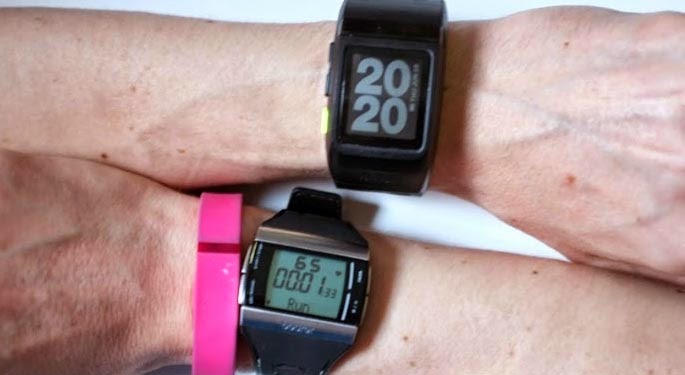As demonstrated at CES 2014, wearables are *the* explosive industry sector.
Which is why the all market intelligence companies are frantically releasing their views of just how large the market can be.
The latest outfit to chance its arm is ABI Research, which reckons that 90 million wearable computing devices will be shipped in 2014.
The majority of this - it predicts - will be from healthcare and the sports and activity sectors - the latter driven by health-lite concerns about weight and obesity. ABI Research doesn't think devices such as Google Glass and smart watches like Pebble, while driving consumer interest, won't be commercially successful, however.
"The next twelve months will be a critical period for the acceptance and adoption of wearable devices," says ABI's senior analyst Joshua Flood.
"Healthcare and sports and activity trackers are rapidly becoming mass-market products. On the flipside, wearable devices like smart watches need to overcome some critical obstacles.
"Aesthetic design, more compelling use cases, battery life and lower price points are the main inhibitors."
I.e. wearable devices need to be nice to wear.
Other companies have based their view on the industry around its financial value. Back in 2013, Gartner says it would be worth $10 billion in 2016, while Juniper Research takes the view of $19 billion in 2018.
Which is why the all market intelligence companies are frantically releasing their views of just how large the market can be.
The latest outfit to chance its arm is ABI Research, which reckons that 90 million wearable computing devices will be shipped in 2014.
The majority of this - it predicts - will be from healthcare and the sports and activity sectors - the latter driven by health-lite concerns about weight and obesity. ABI Research doesn't think devices such as Google Glass and smart watches like Pebble, while driving consumer interest, won't be commercially successful, however.
"The next twelve months will be a critical period for the acceptance and adoption of wearable devices," says ABI's senior analyst Joshua Flood.
"Healthcare and sports and activity trackers are rapidly becoming mass-market products. On the flipside, wearable devices like smart watches need to overcome some critical obstacles.
"Aesthetic design, more compelling use cases, battery life and lower price points are the main inhibitors."
I.e. wearable devices need to be nice to wear.
Other companies have based their view on the industry around its financial value. Back in 2013, Gartner says it would be worth $10 billion in 2016, while Juniper Research takes the view of $19 billion in 2018.









